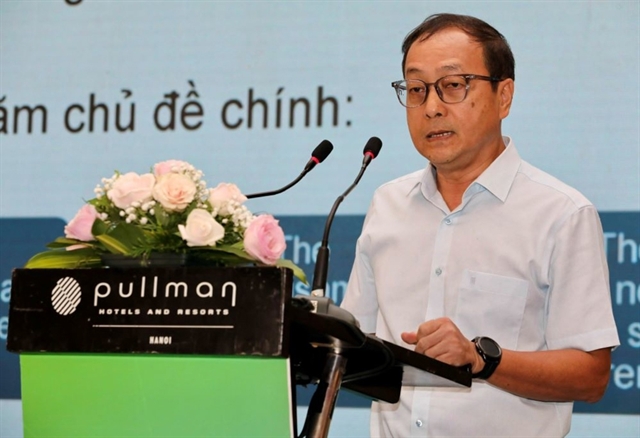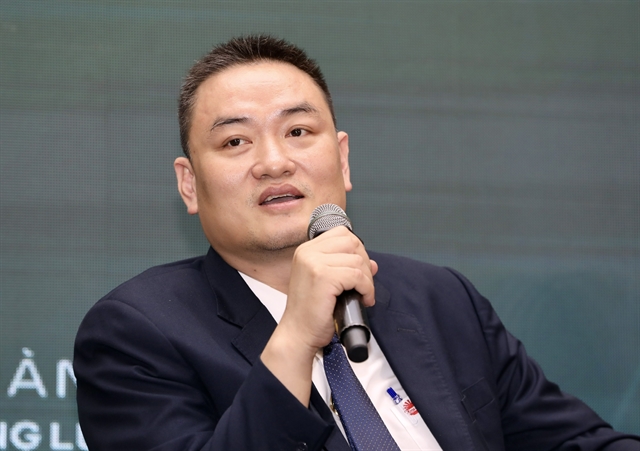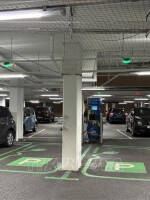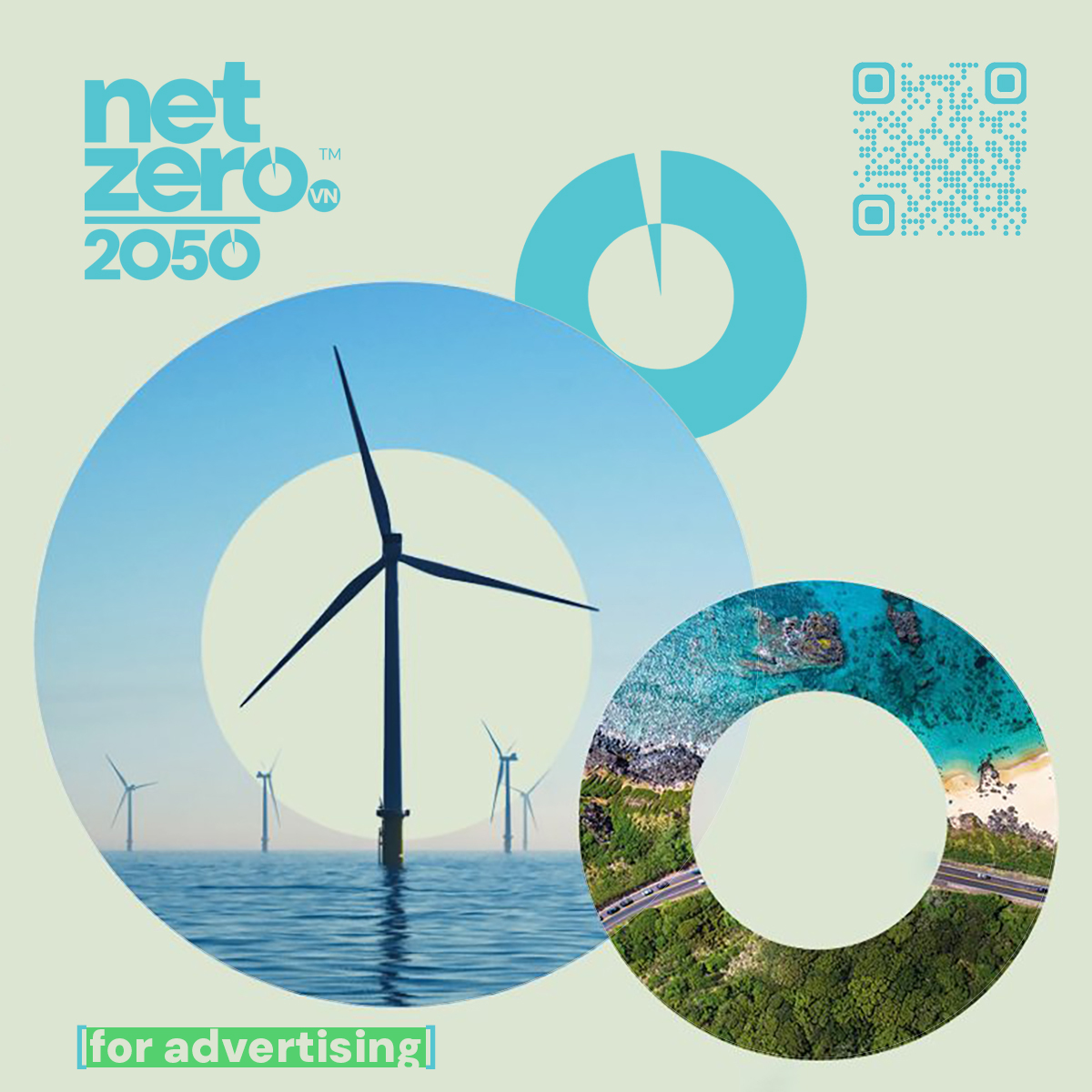
With energy demand rising 8–10 per cent annually and environmental concerns mounting, Việt Nam is stepping up its green transition efforts. Dr Nguyễn Anh Tuấn, Standing Member of the Executive Committee of the Việt Nam Energy Association, and Nguyễn Hoàng Kiên, Deputy General Director of Rạng Đông Light Source & Vacuum Flask JSC, shared insights with Việt Nam News on the country’s energy transition and the role of technology and businesses.
Dr Nguyễn Anh Tuấn, Standing Member of the Executive Committee of the Việt Nam Energy Association
What is your assessment of Việt Nam’s energy transition?
Energy transition is a global trend that is irreversible. For Việt Nam, we have outlined our path towards net-zero emissions by 2050. The most recent National Power Development Plan VIII provides clear objectives and timelines for this transition, focusing on significantly expanding solar and wind power while reducing coal-fired power output.
Currently, renewable energy sources, including solar, wind and hydropower, account for about 48 per cent of the country’s total electricity output. This is a remarkable achievement. However, as the share of renewables increases, it will significantly affect system costs. Detailed policy frameworks and in-depth assessments are crucial to support this transition.
What policies are needed to promote the energy transition in Việt Nam?
First and foremost, we need supportive mechanisms for renewable energy. Renewables still struggle to compete with traditional fossil fuels. To reach net zero emissions by 2050, the Government must develop incentives that minimise economic impact while ensuring sustainable development for solar and wind power.
The Government is exploring various instruments, such as shifting from feed-in tariffs to auction-based pricing and setting relatively high ceiling prices for different technologies. In the long run, we also need to invest in research to further reduce production costs, support workforce training and strengthen human resource development, areas that currently remain limited.
Despite challenges and concerns, the key lies in synchronisation. We must have the right policies for grid development, skilled labour, and advanced technology. Forecasting renewable energy output on a daily and even hourly basis is also essential to avoid past pitfalls.
In terms of power generation technology, solar, wind and biomass are already mature globally and can continue to decrease in cost. Việt Nam can import and install such technologies.
Emerging technologies like hydrogen production or new geothermal methods still face high costs and are in the early stages. Domestically, we are currently capable of only assembling and installing, not manufacturing, key components. We need strong support in R&D, fabrication and production of equipment like wind turbines and solar panels to truly move forward.

Nguyễn Hoàng Kiên, Deputy General Director of Rạng Đông Light Source & Vacuum Flask JSC
How is Rạng Đông advancing its green energy transformation?
We officially adopted a digital transformation strategy in 2020. From 2025 to 2030, we aim for a dual transformation, digital and green. We view AI as a breakthrough technology for optimising processes and creating green, energy-efficient products.
We focus on high-efficiency LED lighting (130–190lm/W), compliant with Lotus green building standards. Our products use renewable energy sources, such as solar-powered lighting and rooftop solar systems, and follow RoHS standards. We also develop recyclable and environmentally friendly product lines.
In parallel, we are deploying IoT and AI-based solutions for energy savings, covering lighting, electrical devices and air conditioning, to maintain comfort while reducing energy use. For instance, new-generation LEDs combined with AI-IoT can cut energy use by 30–40 per cent compared to conventional LEDs. Smart lighting adjusts to natural light levels, and systems automatically regulate air conditioning at night to save electricity.
We have also invested in research centres, partnering with university students and local and international experts. Our early talent development programme, which starts as early as year three of university, has helped build a capable and committed team.
What are the biggest challenges your company faces in this transition?
The most pressing issue is technological capability. To make products suited for Vietnamese consumers, we must embed advanced technologies. However, Việt Nam still lacks specialised experts in fields like AI and renewable energy, which pushes us to develop R&D centres and collaborate with external experts.
Another barrier is the absence of national standards. For example, there are still no official standards for solar-powered lights, leading to market disorder. High-efficiency products are often more expensive, while cheap, inefficient ones dominate due to a lack of consumer guidance. Many customers are deterred by higher prices despite long-term savings.
Additionally, green transformation requires substantial investment. Current long-term loan interest rates ranging from 8 to 10 per cent are too high. Enterprises need access to long-term loans with interest rates of around 3–5 per cent to support technological upgrades and green development.
We hope the Government will offer preferential loans to help businesses invest in green technologies and production. This would be a strong driving force for the green transition.
(VNS)




